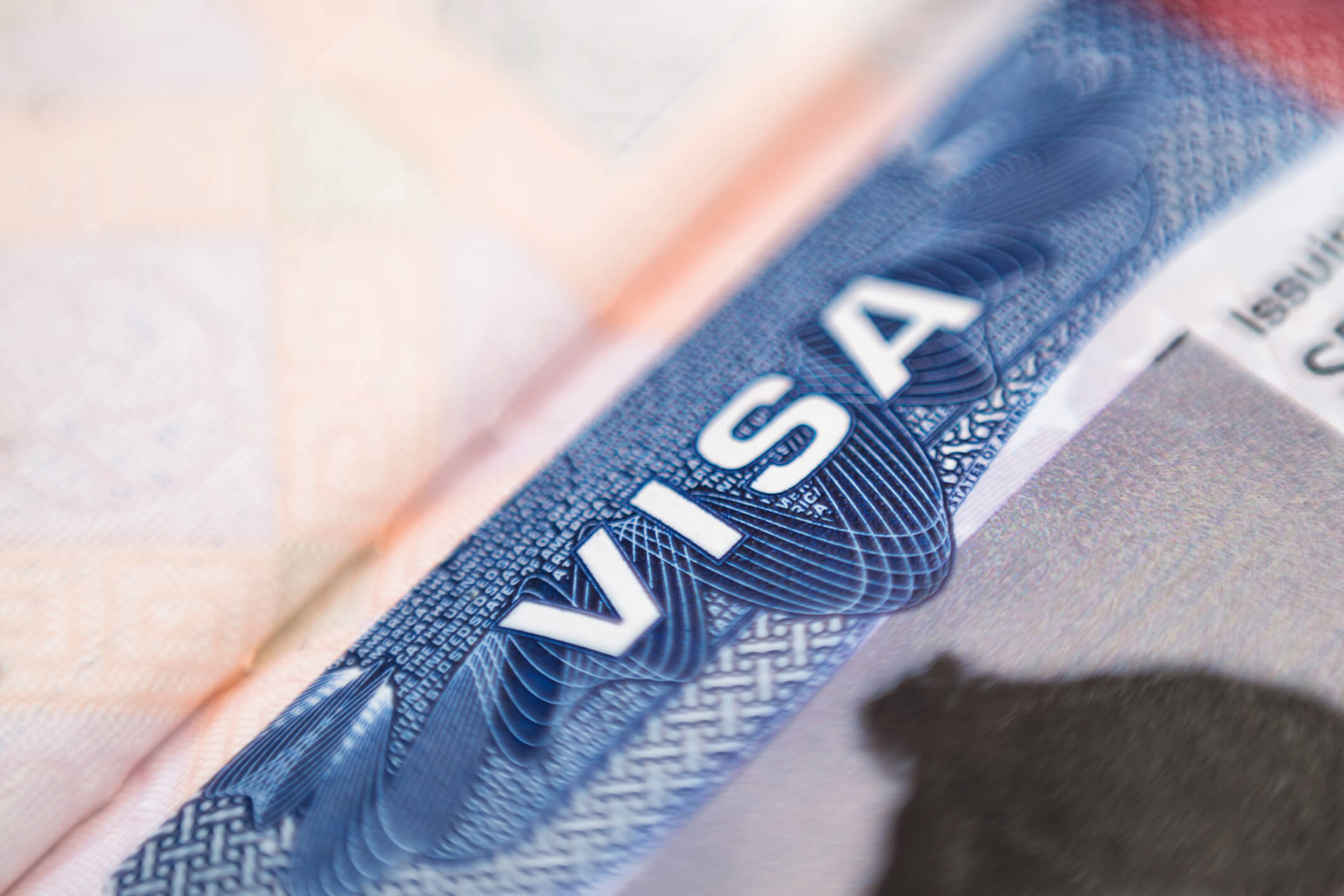The regulation requiring certain federal contractors to use E-Verify goes into effect on September 8, 2009. Implementation of the regulation has been delayed four times and many questions remain unanswered. A simple Q&A might be helpful to sort out exactly what this regulation means to employers.
What is E-Verify?
E-Verify is an Internet-based system operated by the United States Citizenship and Immigration Services (USCIS) that allows employers to verify the employment eligibility of employees. E-Verify checks employee-provided I-9 information against records contained in the Department of Homeland Security (DHS) and Social Security Administration (SSA) databases. Pursuant to the federal enabling legislation, E-Verify is voluntary for employers. However, several states (e.g., Arizona, Mississippi) have passed laws requiring some employers to use E-Verify.
What is the federal contractor/E-Verify regulation?
Starting September 8, 2009, certain federal contracts must contain a clause committing the government contractor to use E-Verify for their new hires and all employees (existing and new) assigned to any work on the contract.
What contracts are subject to the requirement?
Prime contracts with a period of performance longer than 120 days and a value above the simplified acquisition threshold of $100,000. A contract that meets the above criteria might be exempt from the regulation if it includes only COTS items (commercially available off-the-shelf and most food/agricultural products) OR if the contract is to be performed outside the United States.
What subcontracts are subject to the E-Verify requirement?
If the prime contract includes the clause, the E-Verify requirement extends to any subcontract for services or construction with a value above $3,000 that flows from the prime contract.
My company is a federal contractor or subcontractor, do we need to sign up for E-Verify on September 8?
No. The E-Verify requirement is triggered on the contract (or subcontract) award date. The contractor must then sign up for E-Verify within 30 days.
After my company is awarded a contract, which employees need to be E-Verified?
Once enrolled in E-Verify:
- ALL new hires must be E-Verified within three business days of their start date, after completion of Form I-9.
- All employees “assigned to the contract” (persons performing indirect or overhead functions are exempted) must be E-Verified within 90 days of enrollment in E-Verify as a federal contractor.
- Contractors have the OPTION to verify their entire workforce. If this option is selected, the contractor’s entire workforce must be E-Verified within 180 days of enrollment in E-Verify as a federal contractor.
If my company is a prime federal contractor, how do we make sure subcontractors comply with E-Verify?
This is largely a function of your agreement with your subcontractors. You might require subcontractors to provide proof of their E-Verify registration or printouts of all E-Verify confirmations for subcontractor employees assigned to the contract. At a bare minimum, the subcontract should contain a clause requiring subcontractor compliance with the federal contractor/E-Verify regulation.
Summary
As noted, there are many more questions that remain unanswered. As federal contracts are awarded in the coming weeks, we will discover exactly how the process will work. Among other potential concerns, there is a likelihood that some exempt contracts will mistakenly contain an E-Verify clause, or conversely, not contain the clause even though it should. Prime contractors also might mistakenly require subcontractors to confirm E-Verify participation. In addition, E-Verifying existing employees might present some novel issues – employers may now discover that certain employees are not in fact employment authorized or the E-Verify system might incorrectly indicate that an individual is not authorized.
If you have additional questions regarding the E-Verify regulation, contact the Ogletree Deakins attorney with whom you normally work or a member of the Immigration Compliance Group via e-mail at immigrationcompliance@ogletreedeakins.com.
Note: This article was published in the September 8, 2009 issue of the National eAuthority.





